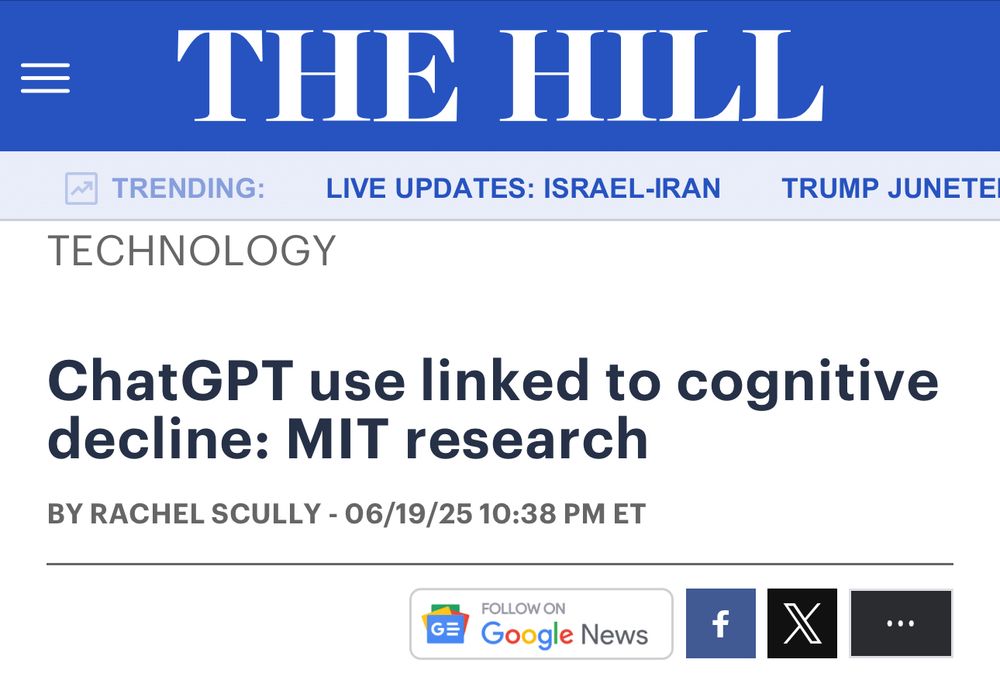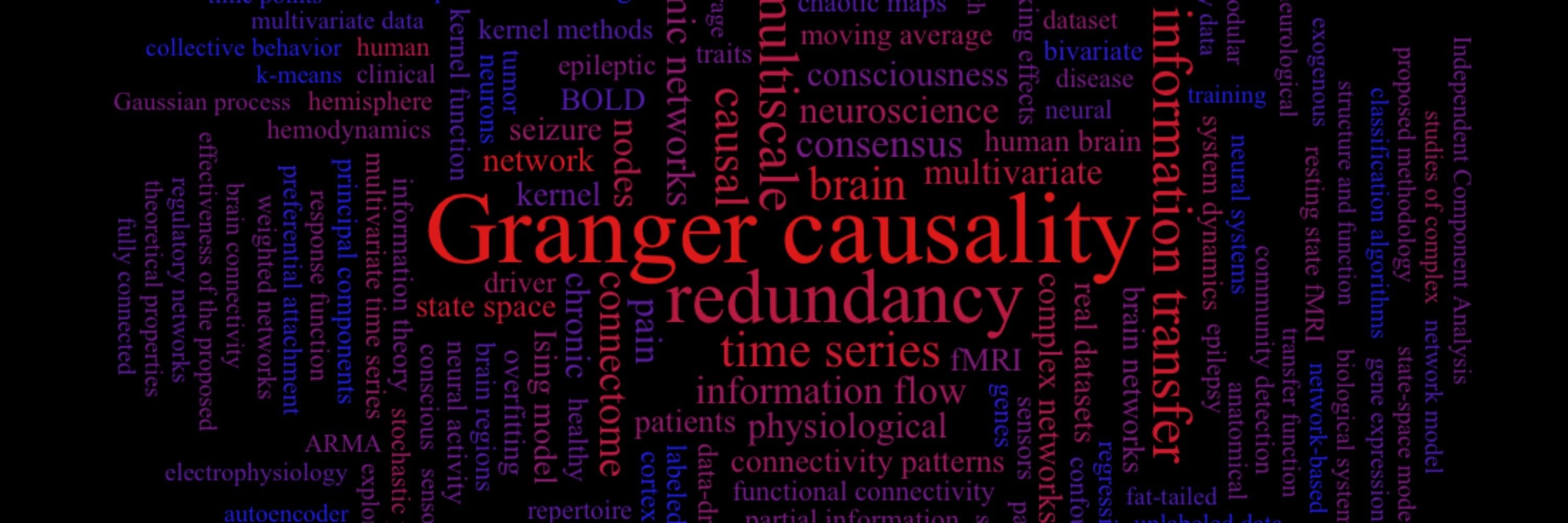
Recent numerical advances cracked the scalability barrier. Voxel-level hierarchical modeling is now feasible, revealing just how punishing traditional multiple-comparison adjustments really are.
arxiv.org/abs/2511.12825

Recent numerical advances cracked the scalability barrier. Voxel-level hierarchical modeling is now feasible, revealing just how punishing traditional multiple-comparison adjustments really are.
arxiv.org/abs/2511.12825
journals.aps.org/prl/abstract...
journals.aps.org/pre/abstract...
Mini thread below 👇
journals.aps.org/prl/abstract...
journals.aps.org/pre/abstract...
Mini thread below 👇
➡️ then these 1/f-dynamics will show up in low frequency part of spectrum (red); in addition to around oscillation peak (yellow).
➡️ then these 1/f-dynamics will show up in low frequency part of spectrum (red); in addition to around oscillation peak (yellow).



#PsychSciSky #AcademicSky #EduSky

Because of the head shape, of course.
pubpeer.com/publications...
Because of the head shape, of course.
pubpeer.com/publications...
Happy to share our last work on #attention_rhythms, co-led by @cogsenoussi.bsky.social & former Dugué Lab PhD student @lauriegalas.bsky.social, and in collab with Niko Busch 🎉
@upcite.bsky.social | @erc.europa.eu | #neuroskyence
www.biorxiv.org/content/10.1...

Happy to share our last work on #attention_rhythms, co-led by @cogsenoussi.bsky.social & former Dugué Lab PhD student @lauriegalas.bsky.social, and in collab with Niko Busch 🎉
@upcite.bsky.social | @erc.europa.eu | #neuroskyence
www.biorxiv.org/content/10.1...
We show that an intrinsic motivational learning signal (information gain) is encoded through synergistic and higher-order functional brain interactions and is broadcast to prefrontal reward circuits.
We show that an intrinsic motivational learning signal (information gain) is encoded through synergistic and higher-order functional brain interactions and is broadcast to prefrontal reward circuits.
www.mdpi.com/1099-4300/27...

www.mdpi.com/1099-4300/27...
New research with 1,024 brain electrodes proves EEG channels DON'T reflect local brain activity underneath the electrode.
paper: https://www.biorxiv.org/content/10.1101/2025.06.24.660870v1
#Neuroscience #EEG #BrainResearch
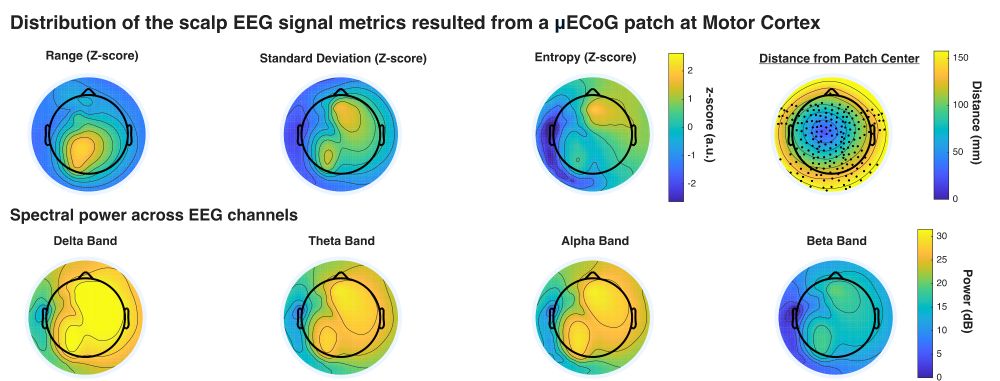
New research with 1,024 brain electrodes proves EEG channels DON'T reflect local brain activity underneath the electrode.
paper: https://www.biorxiv.org/content/10.1101/2025.06.24.660870v1
#Neuroscience #EEG #BrainResearch
Helpful comments and reports on errors are appreciated.
arXiv: 2025-07-11
doi.org/10.48550/arXiv.2507.08773

Helpful comments and reports on errors are appreciated.
arXiv: 2025-07-11
doi.org/10.48550/arXiv.2507.08773
physics.aps.org/articles/v18...
physics.aps.org/articles/v18...
This is goddamn embarrassing, man. Instructive for understanding just how bad media is on this. Like there are anatomical changes being measured.
www.newyorker.com/culture/infi...

This is goddamn embarrassing, man. Instructive for understanding just how bad media is on this. Like there are anatomical changes being measured.
www.newyorker.com/culture/infi...
iopscience.iop.org/article/10.1... @ioppublishing.bsky.social
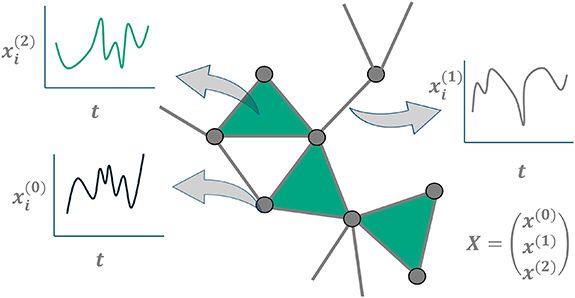
iopscience.iop.org/article/10.1... @ioppublishing.bsky.social
oscillation frequency changes across development (one of the most robust findings in the oscillation world). in this work, we also look at waveform shape changes.
oscillation frequency changes across development (one of the most robust findings in the oscillation world). in this work, we also look at waveform shape changes.
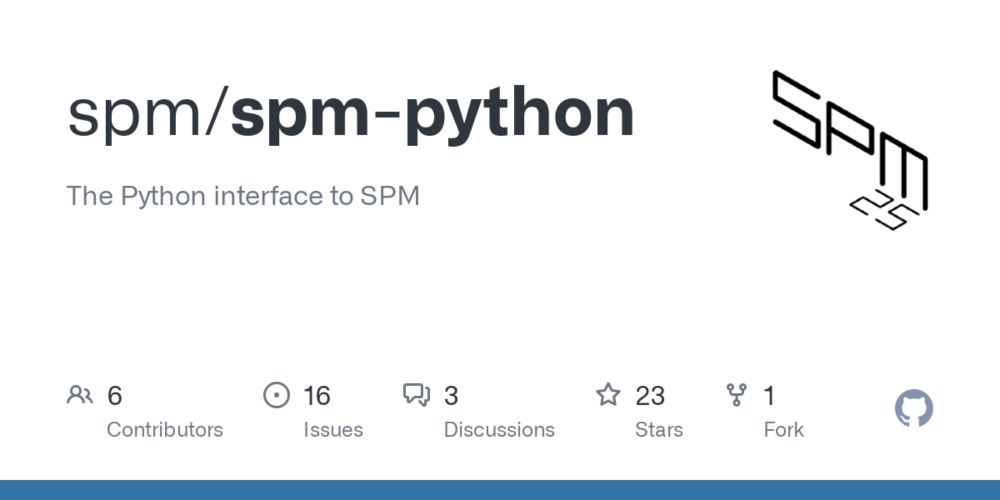

theoreticalneuroscience.no/thn29
What are the pitfalls when simplifying? Panel debate at FENS meeting in Oslo. @fens.org

theoreticalneuroscience.no/thn29
What are the pitfalls when simplifying? Panel debate at FENS meeting in Oslo. @fens.org
By the way if you think that a researcher caused cognitive decline to happen to participants in a study you should probably be freaked out by that
By the way if you think that a researcher caused cognitive decline to happen to participants in a study you should probably be freaked out by that
arxiv.org/abs/2506.09053

arxiv.org/abs/2506.09053
Now published at PLOS Comp Biol! 🎉 With @swathianil.bsky.social and @marcusghosh.bsky.social.
journals.plos.org/ploscompbiol...
TLDR, when multisensory signals vary over time, neural architecture becomes important. Biggest not always best.
Now published at PLOS Comp Biol! 🎉 With @swathianil.bsky.social and @marcusghosh.bsky.social.
journals.plos.org/ploscompbiol...
TLDR, when multisensory signals vary over time, neural architecture becomes important. Biggest not always best.


